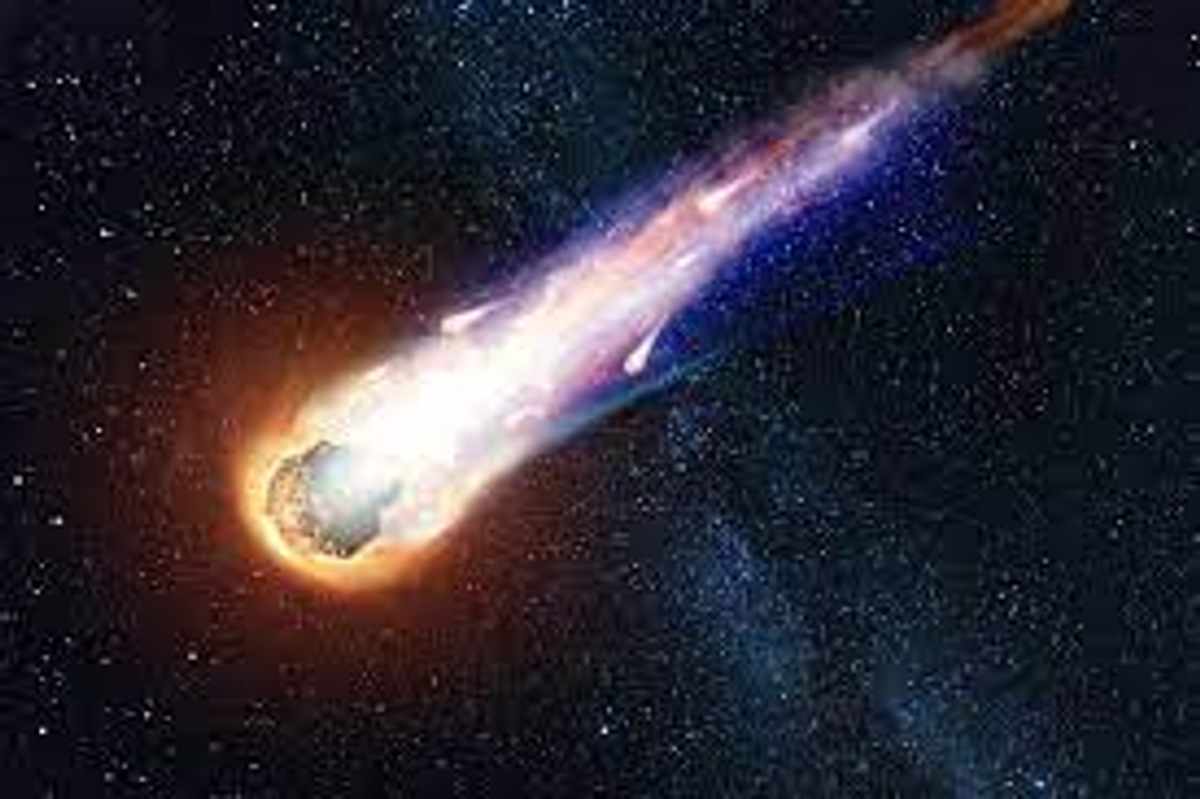Meteors
by Avneet & Vidya, Your Science Captains

Meteors
by Avneet & Vidya, Your Science Captains


A meteorite is a rock that falls to Earth from space. Meteorites are rocks, however they aren't the same as the rocks on Earth. Most are far older, and they represent some of the only samples we have of other worlds in our solar system, other planets, asteroids, and maybe even comets. Some meteorites even contain small particles that formed around stars other than our Sun. Think of them as "space rocks."
Meteoroids are space objects ranging in size from grains of sand to small asteroids. Meteors are fireballs or "shooting stars" that enter Earth's atmosphere (or that of another planet, such as Mars) at great speeds and burn up. A meteorite is a meteoroid that survives its journey through the atmosphere and lands on the earth.


Meteorite falls are meteorites that are collected after being seen as they transit the atmosphere and crash into the Earth. All of the others are referred to as meteorite findings. There were approximately 1,412 witnessed falls with samples in the world's collections as of August 2018. There are more than 65,780 well-documented meteorite finds as of July 2021. Meteorites are usually split into three categories: stony meteorites, which are rocks mostly made up of silicate minerals. Iron meteorites, which are mostly made up of ferronickel and lastly stony-iron meteorites, which contain a mixture of metallic and rocky material.
The Hoba meteorite, the world's largest meteorite, was discovered in Namibia in 1920 . It is built of an iron and nickel alloy and is 2.7 meters in diameter. It is estimated to weigh about 60 tons.